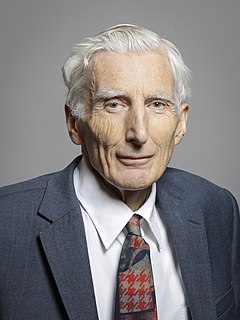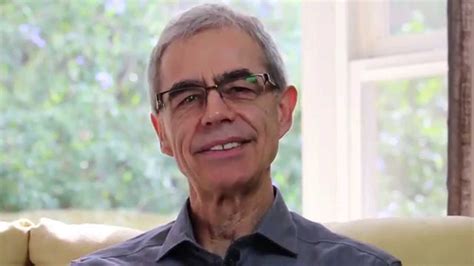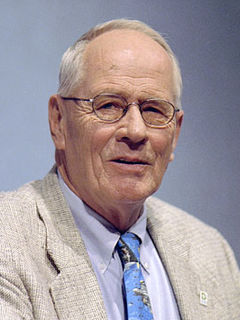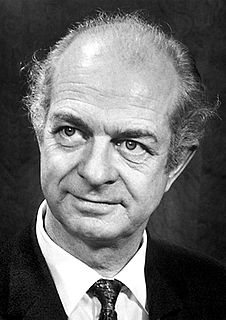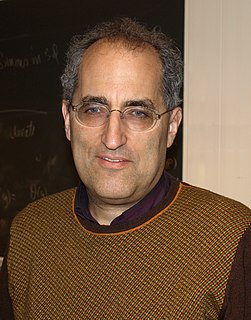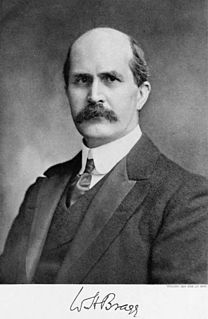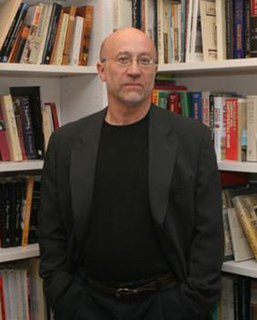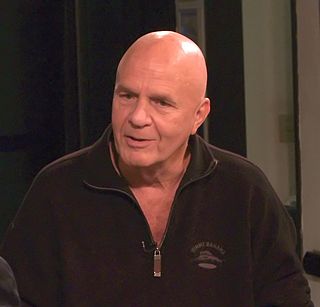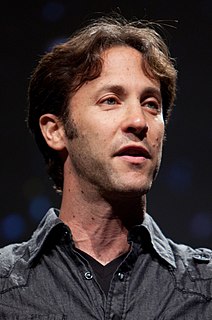A Quote by Martin Rees
During the 20th century, we came to understand that the essence of all substances - their colour, texture, hardness and so forth - is set by their structure, on scales far smaller even than a microscope can see. Everything on Earth is made of atoms, which are, especially in living things, combined together in intricate molecular assemblages.
Related Quotes
Molecular biology has shown that even the simplest of all living systems on the earth today, bacterial cells, are exceedingly complex objects. Although the tiniest bacterial cells are incredibly small, weighing less than 10-12 gms, each is in effect a veritable micro-miniaturized factory containing thousands of exquisitely designed pieces of intricate molecular machinery, made up altogether of one hundred thousand million atoms, far more complicated than any machine built by man and absolutely without parallel in the nonliving world.
Synthetic or inorganic substances do not contain any 'life force'; they are not dynamic. Everything is made of chemicals, but organic substances like essential oils have a structure which only mother nature can put together. They have a life force, an additional impulse which can only be found in living things.
The second half of the 20th century was a golden age of molecular biology, and it was one of the golden ages of the history of science. Molecular biology was so successful and made such a powerful alliance with the medical scientists that the two together just flourished. And they continue to flourish.
The beauty of a living thing is not the atoms that go into it, but the way those atoms are put together. Information distilled over 4 billion years of biological evolution. Incidentally, all the organisms on the Earth are made essentially of that stuff. An eyedropper full of that liquid could be used to make a caterpillar or a petunia if only we knew how to put the components together.
D-Day represents the greatest achievement of the american people and system in the 20th century. It was the pivot point of the 20th century. It was the day on which the decision was made as to who was going to rule in this world in the second half of the 20th century. Is it going to be Nazism, is it going to be communism, or are the democracies going to prevail?
We may, I believe, anticipate that the chemist of the future who is interested in the structure of proteins, nucleic acids, polysaccharides, and other complex substances with high molecular weight will come to rely upon a new structural chemistry, involving precise geometrical relationships among the atoms in the molecules and the rigorous application of the new structural principles, and that great progress will be made, through this technique, in the attack, by chemical methods, on the problems of biology and medicine.
We lump together all things that are beyond the capacity of all of us collectively to understand-and one name we give to all those things together is God. Therefore, God is the creative force, the sustaining power, that which motivates toward constant change, the overall intelligence which governs the universe by physical and spiritual law, truth, love, goodness, kindness, beauty, the ever-present, all-pervading essence or spirit, which binds everything in the universe together and gives to everything in the universe.
I was really interested in 20th century communalism and alternative communities, the boom of communes in the 60s and 70s. That led me back to the 19th century. I was shocked to find what I would describe as far more utopian ideas in the 19th century than in the 20th century. Not only were the ideas so extreme, but surprising people were adopting them.
The different American experience of the 20th Century is crucial because the lesson of the century for Europe, which essentially is that the human condition is tragic, led it to have a build a welfare system and a set of laws and social arrangements that are more prophylactic than idealistic. It's not about building perfect futures; it's about preventing terrible pasts. I think that is something that Europeans in the second half of the 20th century knew in their bones and Americans never did, and it's one of the big differences between the two Western cultures.
You're here as a spiritual being having a temporary human experience. You come to know your essence - that you came from an energy, a vibrational frequency. Everything in the universe is frequencies. Even things that look solid are all frequencies, all movement. Einstein said nothing happens until something moves. This chair I'm sitting in is moving. It may be hard to imagine, but if you took a microscope and really got in there, you'd see the spaces and a lot of particles all in movement.
